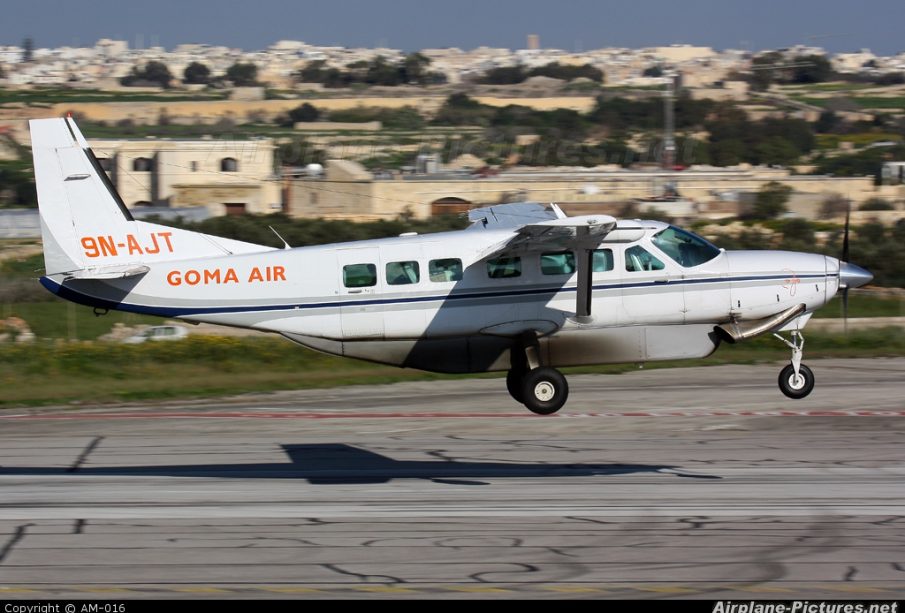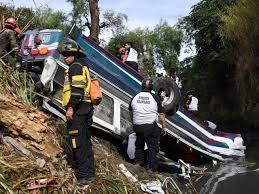Goma: Understanding the Current Situation and Its Impact

Introduction
Goma, a city situated in the eastern part of the Democratic Republic of the Congo (DRC), has recently become a focal point for international attention due to its complex socio-political landscape and humanitarian needs. As the largest city in North Kivu province, Goma is nestled on the shores of Lake Kivu and close to the Rwandan border, making it strategically important yet vulnerable to conflict, displacement, and activity from various armed groups.
Current Events in Goma
In recent months, Goma has faced escalated tensions following a resurgence of fighting between government forces and various rebel groups, including M23. Reports indicate that clashes have intensified, leading to a severe humanitarian crisis with thousands of citizens fleeing their homes in search of safety. The United Nations has called for urgent international assistance to address the influx of internally displaced persons, which has grown to approximately 5 million in the region, exacerbating the need for food, shelter, and health services.
On the international front, diplomatic efforts have been underway to de-escalate conflicts in Goma. Recently, regional leaders convened for a summit aimed at fostering peace and stability in the Great Lakes region, signalling a potential change in approach toward resolving long-standing tensions. However, the impact of these efforts remains to be seen as local actors continue to undermine peace initiatives.
The Humanitarian Impact
The dire humanitarian conditions in Goma have sparked responses from various NGOs and aid agencies. These organisations are working tirelessly to provide essential services such as emergency food aid, medical assistance, and psychosocial support to those affected by violence. Despite limited funding and the challenging security situation, local and international stakeholders have managed to reach thousands of individuals in need, showcasing resilience amid adversity.
Conclusion
The situation in Goma is a poignant reflection of the broader challenges faced by the DRC as it grapples with the legacy of conflict. The interplay of local insurgencies and international diplomacy will play a pivotal role in shaping the future of the city and its residents. For readers, understanding the complexities of Goma’s current environment is not only essential for grasping the humanitarian needs but also raises awareness of the urgent call for peace and stability in this critically important region of Africa.





